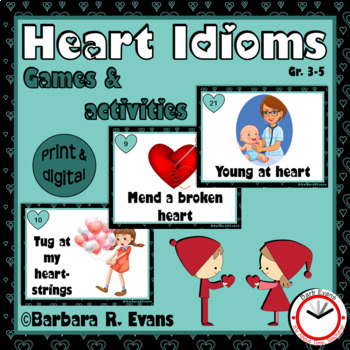Educational research is replete with studies about THE GREAT VOCABULARY DIVIDE between successful and unsuccessful students; a fact every teacher knows without benefit of those studies.
While the research shows that the gap begins in infancy (with a 30 million word difference in exposure to words by age 4 between socio economic classes), the import to education is that vocabulary development is crucial to all learning. It is no surprise that children with larger vocabularies are better equipped for learning when they enter school. After all, by virtue of hearing more words, they are exposed to more grammar, sentence structure, cadence, expression, and countless other aspects of language that are vital to success. By 3rd grade, when reading shifts from learning to read to reading to learn, the gap is wider; the consequences more pronounced. Bottom line, children with larger vocabularies are stronger readers and perform significantly better on standardized tests.
What are teachers to do about this divide? Clearly they must create word-rich environments that entice their students to revel in the power of words. Direct, daily instruction is key, yet research shows that dictionary work is the least effective method. According to Blachowicz, Beyersdorfer, & Fisher (2006), young children need 4 conditions to develop vocabulary knowledge:
- exposure to new vocabulary
- engagement and motivation
- multiple experiences with new words that promote context and definition
- independent word-learning strategies.
- teachers who model a love of words
- interest in and curiousity about words
- active involvement in "playing" with words.
I am a self-professed logophile. Words have always intrigued me and word play delights me. It is only natural, then, that I consistently incorporate word play into my curricula. I call it "play" because that is what it feels like to my students. It's learning disguised as fun and it fulfills all the conditions cited above.
One example of word play in my class is Hinky Pinkies.
Intrigued? These vocabulary building, critical thinking exercises are so popular with students that they literally beg to do them. How often do you get enthusiasm like that?
Hinky Pinkies are often thought to be for gifted students. Certainly G/T students love them and engage easily with them. But there is no universal law that restricts them from being used with regular ed. kiddos. I have decades of experience using Hinky Pinkies with heterogeneous groups as young as 2nd grade. In fact, special ed. teachers and speech and language therapists have left positive feedback about using them with their students.
As a result of working with Hinky Pinkies, your students will not only increase their vocabularies, but gain facility with syllables, phonemes, synonyms, parts of speech, and verb tenses. They exercise their problem solving and critical thinking skills. My children have been known to voluntarily seek out dictionaries and thesauri!
The vocabulary benefits alone should be enough to convince any teacher to try these riddles. But my favorite outcome is the look of pleasure and satisfaction on my students' faces when they solve their first Hinky Pinky all by themselves.
You can find lots of Hink Pinks, Hinky Pinkies, and Hinkity Pinkities in my TPT store, but you can try these for FREE! And they are just in time for St. Patrick's Day.


















































